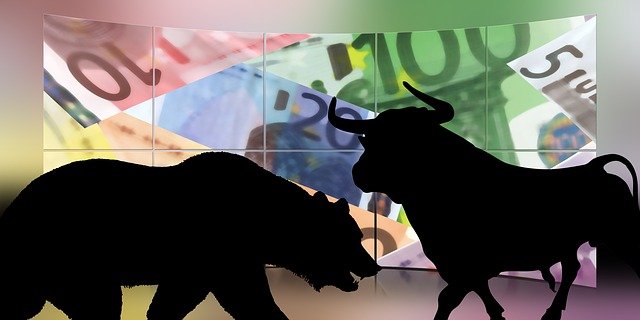Oaktree Capital founder Howard Marks is a boldfaced name on Wall Street, equally well known for his firm’s performance as for his lengthy investor letters that he periodically publishes free online to reach the widest possible audience.
As stocks plunged earlier this month, Marks — who built one of the most successful distressed-debt funds in modern history with Oaktree — took to the financial press to offer some words of caution. A year before, Marks presciently warned investors that the market’s seemingly boundless optimism had gotten out of hand.
In the intervening months, Marks once again was proved correct, reminding his audience why Warren Buffett once described his memos as “must reads” for anybody interested in markets.
So, in keeping with his often countercyclical approach, Mark decided to explore the psychology behind bull markets at a time when stocks stood at the precipice of bear-market territory.
In his latest investor missive, entitled “Bull Market Rhymes,” Marks — who started his career in finance before bull and bear markets came to be defined as a move of 20 percentage points in either direction — explained, that the “emotional essence” of bull market has less to do with the magnitude of the move, and more to do with mass psychology.
Old-school, bear market
Before the pandemic relief hysteria took hold, Marks argues that the most recent true bull market was the dot-com boom of the late 1990s-early 2000s. Although stocks rallied during the run-up to the Great Financial Crisis, the market of those days moved only gradually, and it lacked the distinctive tone of unbridled optimism.
Bull markets are “best described by what it feels like, the psychology behind it, and the behavior that psychology leads to,” Marks said. The same is true of bear markets: “Does it really matter whether the S&P 500 SPX, +1.99% is down 19.9% or 20%? I prefer the old-school definition of a bear market: nerve-racking.”
To set the thematic tone for his note, Marks started with one of his favorite sayings, paraphrased from Mark Twain: “History doesn’t repeat itself, but it does rhyme.”
With this in mind, Marks delved into what he described as the three stages of a bull market: during the first phase, a handful of forward-looking investors bet that things will get better. During the second, more investors realize that underlying improvement is actually under way. And in the final stage, virtually all investors believe that the recent period of frothy returns will continue forever.
One thing that set the pandemic-related bull market apart from the dot-com boom and other periods of hysterical optimism was that there essentially was no first stage, and very little of the second. Instead, many investors “went straight from hopeless in late March to highly optimistic later in the year.”
Super stocks, crypto, SPACs
Bull markets don’t treat all stocks the same, Marks added. Instead, investor optimism typically coalesces around a handful of “super stocks” — be they the “Nifty Fifty” of the 1960s, or the “FAAMGs” — a term for the megacap tech stocks like Facebook Inc. FB, +4.24% parent Meta Platforms Inc. and Alphabet Inc.’s Google GOOG, +2.32% that powered much of the market’s gains over the past decade (before leading stocks lower over the past few months).
This time around, the “super stock” theme was complicated by the advent of cryptocurrencies, which introduced a new wrinkle to the old dynamic by magnifying investors’ hysteria as millions chased the nigh unprecedented returns that the original crypto investors had enjoyed. The advent of zero-fee brokerage accounts ushered in by Robinhood Markets Inc. HOOD, +0.54% and others was another innovation that set this market apart, Marks said.
While the 2020-2021 bull market had many unique characteristics, there were also features that were reminiscent of previous bull markets as well. Chief among these was the crush of public offerings involving unprofitable companies. A relative rarity before the dot-com boom, this became increasingly common both during the dot-com explosion and again more recently as the SPAC boom presented investors with what seemed like a “no-lose proposition” (since investors were guaranteed to get their money back with interest if the organizers failed to consummate a deal, or if investors didn’t like the deal they chose).
That notion is among the most dangerous in the investing universe, and a reliable sign that hysteria has taken hold, Marks said.
Today, the average SPAC that completed the process over the last couple of years is trading at just $5.25 a share, compared with the standard SPAC offering price of $10. Somewhere between then and now, investors saw their rational fear of losses become completely subsumed by the fear of missing out; this is often the final — and most dangerous — stage of the mania-driven bull market. It’s primacy is further cemented by the “greater fool theory”: the notion that even if prices aren’t making sense, that somebody would eventually be willing to pay more.
Toward the end of his note, Marks summed up his thinking with yet another popular adage: “what the wise man does in the beginning, the fool does in the end”.

